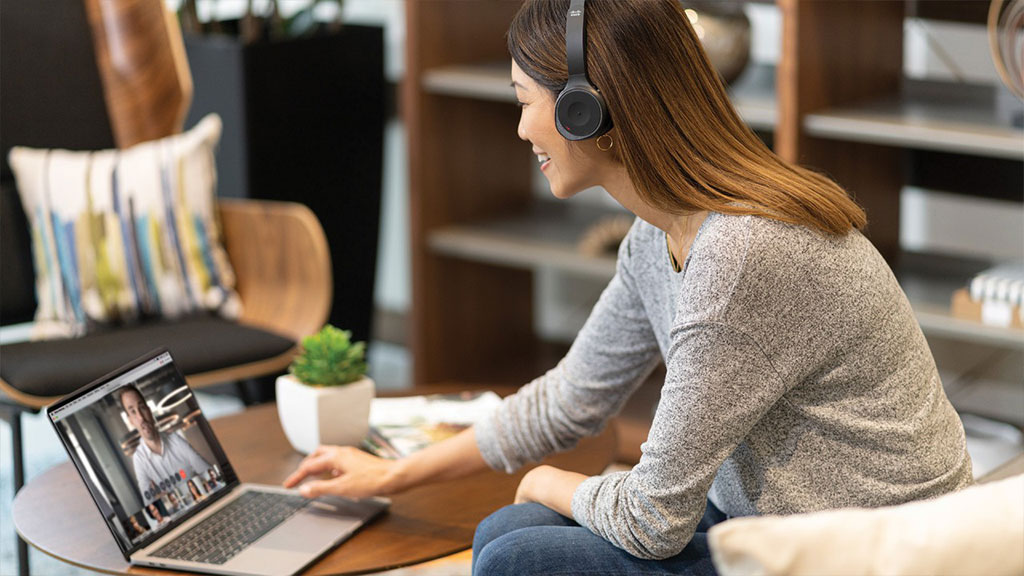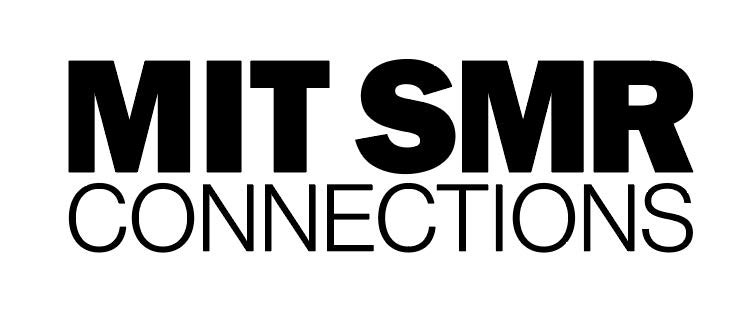In the years leading up to the 2020 pandemic, many people begrudged their daily trip to the office. This wasn’t just due to the commute – it was also the environment once they got there. In the office, it seemed that little really got done, privacy was impossible, and fluorescent lighting was our color palette. When not sitting in open space, we were huddled in meeting rooms. We would daydream about working from home, never imagining there would come a time when it would happen on such a scale.
And then we discovered that there was something about office space that we had forgotten: the human connection.
Human beings thrive on togetherness. The brain has receptors specifically designed for human contact like shaking hands and hugging. Even when we’re trying to work, we maintain an instinctive awareness of the presence of others. Workers sharing a space might not need to talk to each other but being aware of their presence is comforting and natural.
This was one of the main reasons for having a “water cooler” (or break room, coffee machine, or foosball table) in the office. It wasn’t just about the water. It was a place to huddle for a moment, a place for people to talk about what they did last weekend, or what’s coming up in their lives. It was a physical place to come together and feel like part of a tribe.
In early 2020, as people retreated into their homes, this informal social web vanished. Video conferencing technology became the new tool for direct connection.
But a meeting is still a meeting; it’s a formalized process with a start and end time and procedural protocols. People cannot live by meetings alone, nor can we stay productive by attending back-to-back meetings. The human brain and body need time to decompress between highly intensive activities, and that’s what the casual hum of office life does – it helps ground people.
As we move through this pandemic, the physical component of work will be forever changed. Many employees will likely stay working from home, at least some of the time. The community of characters we have all grown used to in our current work environments will not be the same as it was.
What can be done?
Employers need to consider allowing space, time, and technology for “casual presence” – something that gives colleagues a sense of each others’ existence during non-meeting time.
And this is where video and collaboration technology come in – they can do far more than simply improve meetings. This might take the form of a virtual water cooler, like an online chat room or huddle space, where any employee can drop in to see who’s there and to make small talk.
In fact, a recent survey report: A New Perspective for the Modern Workplace found that best practices emerged to empower employees: 67% have implemented social video conferencing “meetups” to compensate for a lack of face-to-face social interaction, and 54% have implemented social chat channels.
One employee on my team hosts a weekly virtual working session for the people who used to sit around her in the office. People dial in, say hello, and get back to work. Sometimes there’s a short conversation about lunch or the kids, or someone asks for help in how to run a report, and sometimes there’s just music playing. Regardless of what they do, in this environment, these employees are extending connections with one another virtually.
Most employees only need a few minutes each day for this type of social refueling, and despite fears to the contrary, this type of socialization actually improves productivity.
The best way to ensure employees feel engaged is to let them be human. That’s what the water cooler did for us. We need it back, even if it is virtual.





